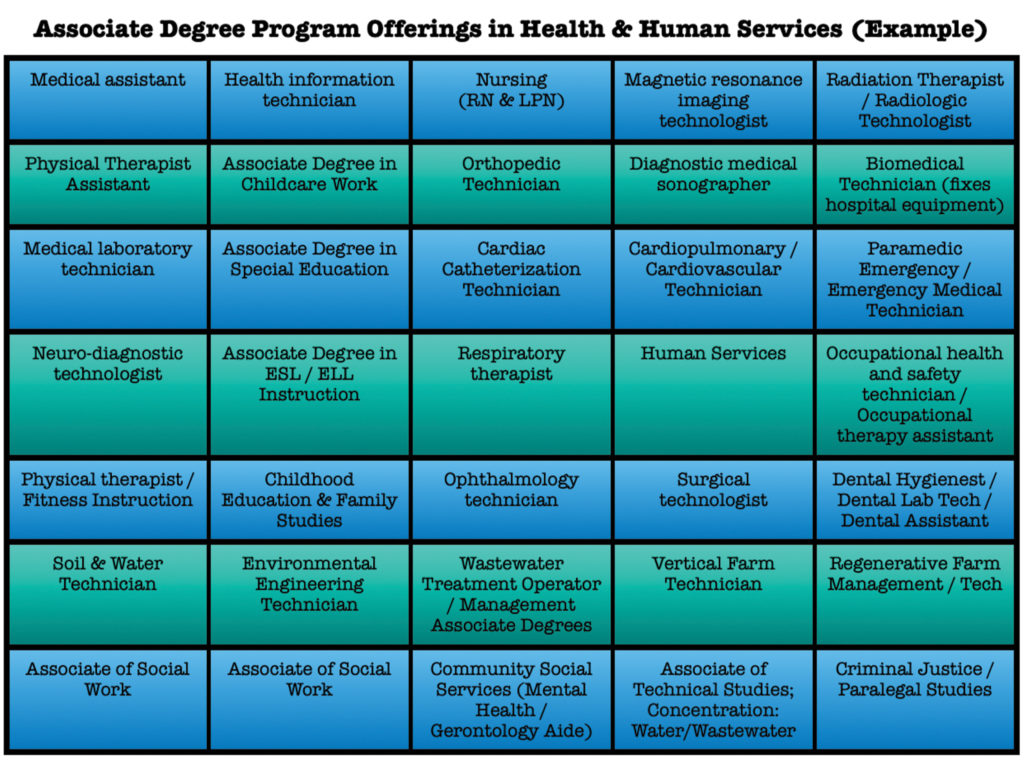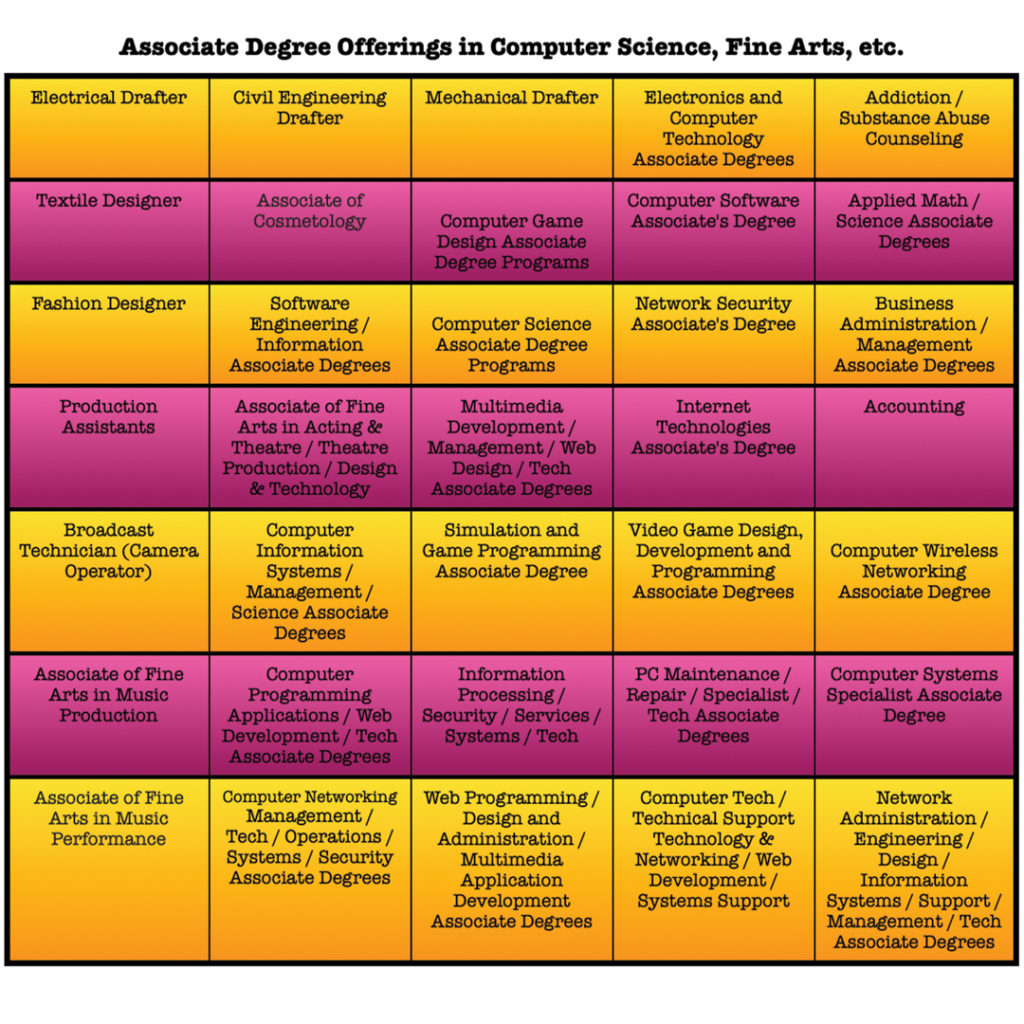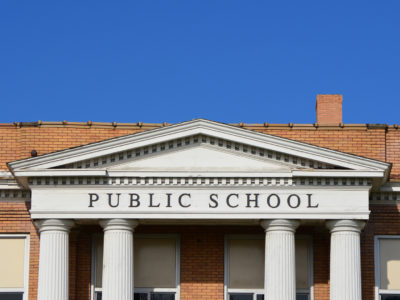It doesn’t make sense to hire smart people and then tell them what to do; we hire smart people so they can tell us what to do.
Steve Jobs
RESTRUCTURING THE PHYSICAL SPACE (Budget: $2 Trillion Max)
- Build a Communication Grid to connect all US Schools together
- Build “Language” Learning Labs in all Schools (Game-based / online Education [monitored MOOCs] to teach basic skills)
- Build Engineering Labs / “Maker Places” – Structural, Mechanical, Civil, Robotics, BioChemical, Electrical, Materials, Waste Management, Architectural [Design / Drafting], Computer Science (hardware and software), Agriculture, Energy, Transportation, etc.
- Build Media Area – Recording Studios [for broadcasting, podcasting, recording], practice rooms, theatre / lecture hall
- Build Kitchen and Commons areas, Fitness areas, Counseling areas, Study and Alone Time areas, Daycare or Community Lab Infrastructure
- Superficially divide 11th / 12th grade areas from 9th and 10th to create an Associate Degree “Campus”

RESTRUCTURING THE CLASSROOM
There would now be two ‘teachers’ in every classroom, although one would actually be a Counselor-Teacher, who assists in teaching but is also in charge of the emotional / social well-being of each student. It is possible that these Counselor-Teachers could follow a child from grade to grade, but it is equally possible that they are only present for the transition of children from one grade to another [of course we would always make them available for ‘past students’ who need help or advocacy later down the road. Often, it only takes one important mentor to connect at a significant moment in a person’s life.
The foundation of any field of study is its ‘language’. Language is a tool, and like any tool, can be used or misused. It is crucial that we cram as many languages into a child’s head as early as possible. Us old people do not need a scientist to tell us that kids absorb and retain knowledge much better than adults. Mary Poppins believed that “a spoonful of sugar helps the medicine go down”, so we might as well try this strategy out. We would allow students to go at their own pace in a sugary game-based online learning lab environment when absorbing this more rote material; meanwhile, within an online setting, there could be more assured testing and assessment. Of course, these labs would be monitored, as the two teachers float around to add support where necessary. Student progress would also be monitored online, and individual help could be arranged on any subject where students fall behind.
BOTTOM LINE: Math, English, two Foreign Languages, Periodic Table, Musical Notation, Computer code—whatever we could cram into a kid’s head by age 12 is going in there. Labs would also still exist in high school for all the higher math, engineering, science and technology needed to solve increasingly difficult puzzles.
NOTES: Empathy would now be considered a language, too, and therefore would be introduced from the beginning. Kids sometimes don’t like old people telling them what to do; they would rather hear it from another kid. As part of their ‘payback,’ our older kids could visit and help teach our younger kids, even creating the videos, games and projects for the younger kids to utilize online. “to teach is to learn twice”, so the older kids would also benefit, and the school would save some money on software, etc. We all have a special talent, but none of us has all the talent. That’s why we form Teams, to incorporate the best of all of us. We would still work on our weaknesses, but we would not let them consume us anymore. A teacher’s new job is to recognize strengths, point them out, cultivate them, and help kids understand that we “shore up” our weaknesses, but we lead with our strengths.
The number of students in each classroom would be whatever it takes for overall success. 24 students between two teachers would be nice, but if 18 or 16 students leads to more amazing results, then we would need to entertain this number.

In a process that may at times involve “reverse engineering”, the Work Tracks would be centered around coming up with a finished product. The utilization of these previously mentioned ‘languages’ could now be applied to real time and real life situations. Students might need to create and code various game-based learning programs for their younger classmates. Younger students might grow ornamental plants or biodegradable “eco-packaging” out of mushrooms or flax, for sale in the student-run store within the Community Center. FEMA and the Global School would need many emergency off-grid devices, which could offer opportunities for creative solutions to basic needs delivery. Examples may include creating a working computer and cellphone, plus a battery to power them; this battery could be charged by physically spinning it. The students might also make a cellphone tower from scratch in order to use these devices. Perhaps students could fashion a bicycle that when pedaled, could draw water up from a deep source, desalinate it (through reverse osmosis) and also purify it, all while powering a lighting source like the bike’s headlamp.
CALLING ALL BRAINIACS: There are scientists out there who, as a side hustle, could create video presentation projects that help apply fundamental skills toward real world problem solving. We could even film and edit these videos ourselves in the School Recording Studios. While the video takes our students step by step through the process of construction, teachers could supplement the learning by reinforcing the theories behind it. In this way, students learn while doing. The hope is that in the end, students find both their strengths (fields for which they are naturally adept) and their passion (the subjects that excite them most).
NOTES: It is important that Work Projects are designed to either make money, be valuable to people, or solve some basic need. Projects should also be ecologically safe (sustainable), involve brain-expanding technology, science, math, engineering (construction), and synthesize more than one field of study (“Driverless” Transportation Energy, Learning Software, etc.) We need to stop isolating ourselves in one “Silo.”
All this could only be accomplished in Labs / Maker Places fully equipped with Media Technology. After pouring the first $2 Trillion into the infrastructure, the budget for subsequent years would be equivalent to $20,000 per student. In a classroom of 20 kids ($400,000), where 2 teachers may cost $170,000, and the rest of the support staff (from administration to maintenance) could kill another 40% of the budget, approximately $74,000 a year would still be left over for each classroom to spend on these more advanced school supplies.
Another key paradigm shift would be our goal to end basic education by 10th grade, and make sure everyone gets out the door with 2 years of free college under their belts, in the form of an Associate Degree. We would also work with colleges to make sure these Associate Degrees could smoothly translate into bachelor’s degrees, if students wish to further their studies in the same field. To accomplish this, High Schools in a given region would each be equipped to teach a specific field of study, for instance, Health Care, or Agriculture, or Engineering. Students would be allowed to go to the High School of their choice to study the Associate Degree of their choice. This would bring like-minded individuals together, while also reshuffling the deck a bit, both of which could be a good thing for kids to experience. While these students would still participate in the Payback Track [and of course the Peace Track and their specific Peace Mission], they would have twelve 5-week Tracks [or the equivalent of 6 college quarters] remaining in order to secure a degree. There are a several positive side effects that could come from this shift:
- Those who want to work right away would get their wish; we would need workers in every field for which we offer a degree.
- Those moving on to college would have just cut their student loan debt in half. If they pursue a career similar to their associate degree choice, we could hire them after college, and therefore help them instantly erase that loan debt.
- College professors need not despair, as we plan on hiring them to come down and pick up extra cash teaching our students at the High School level, through creating Work Track labs for these Associate Degrees.
- Within the Community, Associate Degrees would now be offered for free, so adults could secure switch careers and come work for us. We don’t discriminate against old people.

FOR THE RECORD
If we struggle to get Colleges to work with us on credits automatically transferring (they would have a financial incentive to do the wrong thing here), we could do what European Countries do and offer a two-year “University Path” for students who know for sure they want to get at least a Bachelor’s Degree somewhere. It is difficult for kids to know exactly what they want to do for the rest of their lives at age 16, or 18, or even by age 20, and this is why the Associate Degree program needs to happen. This allows for all options:
- Kids could go right to work, and still go to college later, with 2 years finished and a bunch of job experience, too.
- Kids finally realize that they do want to continue on to college, and they are already halfway when they arrive.
- Kids realize they want to go to college, but in a field other than the Associate Degree they earned. No harm done. They now have a free “second career” path tucked away in their back pocket, which may come in handy down the road for many unforeseen reasons.
Most Medical Schools require the following courses:
- Biology with lab, General Chemistry with lab, Organic Chemistry with lab, Biochemistry, Physics with lab, English.
Most Engineering Degrees require many of the following courses:
- Surveying, physics, chemistry, statistics, ethics, mechanics, mathematics and design, Solid Mechanics, Structure and Properties of Civil Engineering, Materials, Engineering Data Analysis, Engineering Science and Sustainability Elective, Mathematics (Calculus, Linear Algebra and Differential Equations)
Most Computer Science Degrees require:
- Math (Calculus, Mathematics in Computer Science) Physics, Programming Abstractions, Introductory Electronics, Engineering Fundamentals Elective.
Agricultural Science Degrees require:
- Biology, environmental sciences, chemistry, economics, business and management.
Social Work (4 year Degrees) requires:
- Human biology, psychology, sociology, economics, ethics, human communication and child development.
THE TAKEAWAY:
General Education Classes could be boiled down to a finite number of offerings, that would satisfy nearly every credential imaginable. We can figure this out.

